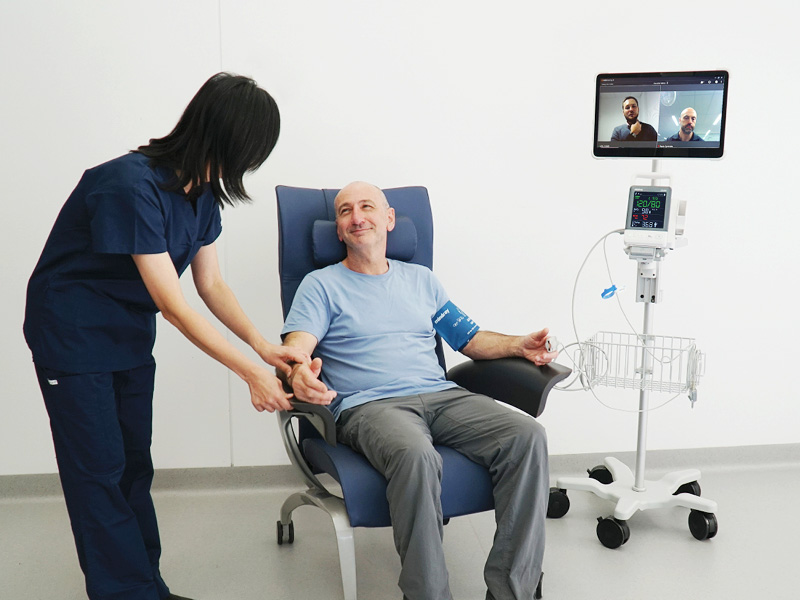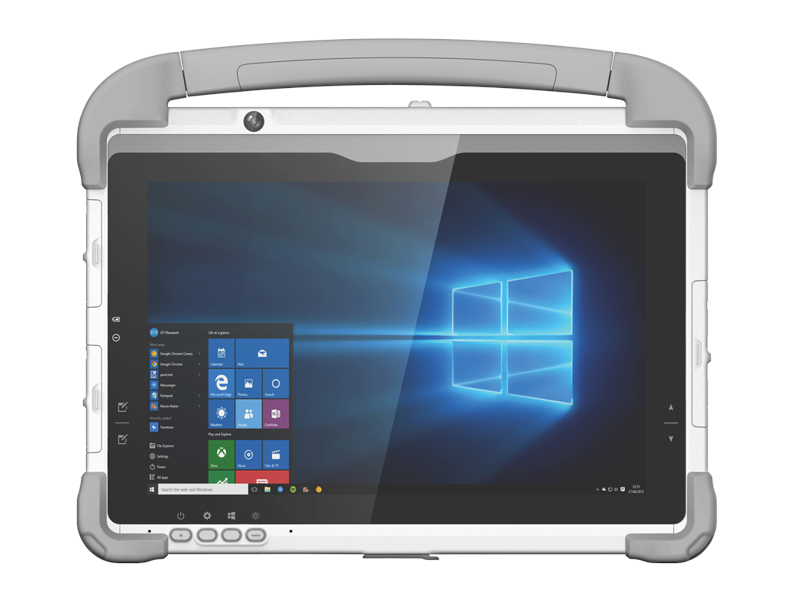The last two years have significantly impacted healthcare delivery across the globe. With the need for social distancing and reduced contact, telehealth has emerged as an essential tool for delivering care to patients. As the world continues to grapple with the pandemic, healthcare organizations are considering the role of telehealth in a post-pandemic world.
In a recent video published by Healthcare IT News, experts discuss the development of effective hybrid care strategies that incorporate telehealth. Integrated care strategies involve coordinating care across different healthcare providers and settings to ensure that patients receive comprehensive and continuous care. Medical tablets are an important tool in these strategies, as they provide a range of benefits that can help close the healthcare gap.
Virtual Visits
One significant advantage of medical tablets is that they allow healthcare providers to conduct virtual visits. This is particularly important for patients who have difficulty accessing healthcare services due to geographic or financial barriers. Virtual visits allow healthcare providers to provide care to patients who might otherwise be unable to receive it.
Remote Care
One of the key benefits of using medical tablets in healthcare is the ability to provide remote care. Healthcare providers in small remote clinics can access specialists at larger hospitals to conduct a first appointment remotely, assess patient needs, and determine necessary follow-up care. This is especially useful for ongoing observation and monitoring of chronic conditions.
Pre and Post Care Monitoring
Furthermore, pre-and post-surgery care can be done remotely via telehealth, whether at a local clinic or from the patient’s room in a care home. This reduces the need for unnecessary hospital visits and improves the efficiency of care delivery.
By utilizing a hybrid of in-person and telehealth appointments, healthcare providers can ensure that patients receive the most efficient care possible. This approach saves time and money while improving patient outcomes.
Medical rugged tablets come equipped with a range of features that make them well-suited for use in healthcare. Medical tablets often have front and back integrated cameras, allowing for video appointments, case progress documentation, as well as sharp graphics to best treat the patient. Medical tablets are mountable on carts and workstations for mobility around the office or care facility. Larger tablets have extra wide high-resolution screens for intensive graphics applications, while smaller models are highly portable. They are also designed to be durable, ensuring they can withstand the rigors of a healthcare environment.
Medical rugged tablets are transforming the healthcare industry by improving patient care and closing the health gap. By leveraging technology, healthcare providers can provide remote care, reducing the need for unnecessary hospital visits and improving the efficiency of care delivery. The use of medical tablets in healthcare is here to stay, and it is vital for healthcare providers to embrace this innovation to enhance patient treatment options.
Overall, the development of effective hybrid care strategies that incorporate telehealth is crucial for improving patient outcomes and enhancing the healthcare experience. As healthcare organizations continue to navigate the post-pandemic world, telehealth is playing an increasingly important role in delivering care to patients. By leveraging technology and personalizing care, healthcare providers can create a more patient-centered approach to healthcare delivery.
Written by DT Research
15 May 2023




